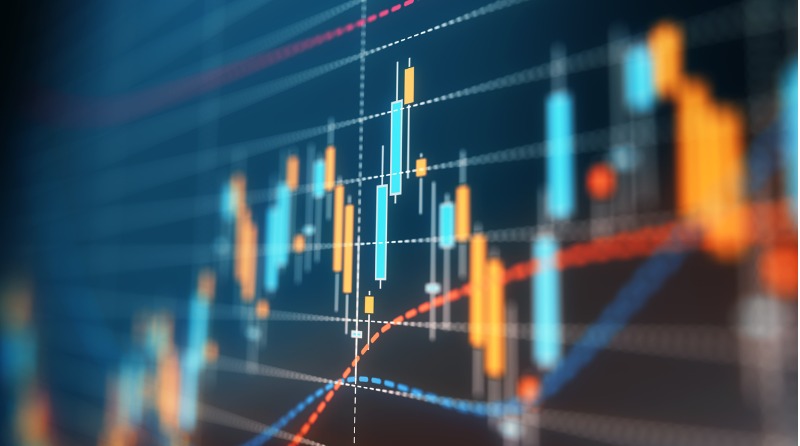What is an ETF?
Exchange Traded Funds (ETFs) offer diversified and low-cost access to the world’s investment markets. ETFs are designed to mirror the performance of specified indexes, less the management fees.
The risk profile of ETFs is derived from its underlying holdings, and since you get a diversified selection of stocks, this can potentially help reduce risk compared to individual stocks.
Key features
ETFs have the following key features:
- They can track an underlying index, such as the S&P/ASX 200 or the NASDAQ 100.
- They are passively managed (on ‘’autopilot’’).
- Investment management fees are typically low.
- They’re traded and quoted on an exchange, such as the ASX.
- They can be bought or sold via nabtrade, and in Australia, are CHESS settled.
- They will pay distributions – often quarterly.
- Their performance should mirror the underlying index, less the management fee. Nothing more, nothing less.
- The issuers of ETFs engage ‘market makers’ to provide liquidity support on the ASX.
Types of ETFs
In recent years, the ETF market in Australia has expanded considerably and there is now a wide variety of ETFs available, covering most asset classes and asset sectors. You can access ETFs that cover:
- Australian shares
- Australian share market sectors (for example, financial or resource stocks)
- International shares (by region, country, sector or market)
- Fixed interest securities (government bonds, corporate bonds)
- Cash
- Credit securities (including hybrids)
- Gold and silver
- Property
- Currency (US dollar, Euro etc)
- Commodities (oil, agriculture)
Benefits of investing in ETFs
Risks of investing in ETFs
Podcast: 39 min listen
First published June 2019
Things you need to know before you buy or sell ETFs
ETFs now account for a substantial proportion of daily turnover on the ASX and are often the first investment for investors looking for exposure to the sharemarket or a new sector.
Their promise of low fees and easy access appeal to a wide variety of investors – but as with any investment product, there are complexities and strategies that can improve, or reduce, their value in your portfolio.
ETF expert and CEO of ETF Securities Australia, Kris Walesby, explains his views on:
- Why you should never buy an ETF at the open or the close of the market
- How to use ETFs to ride a recovery
- Hedging strategies that could protect your portfolio, and
- How to minimise your costs and reduce volatility when building a portfolio.
Learn more about ETFs
Explore ETFs and how they compare to other investments.
Please note, you will be redirected to a new window.


